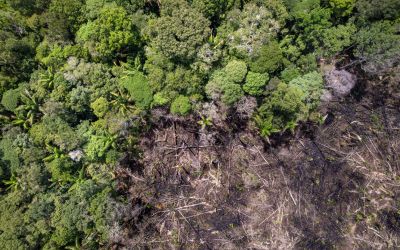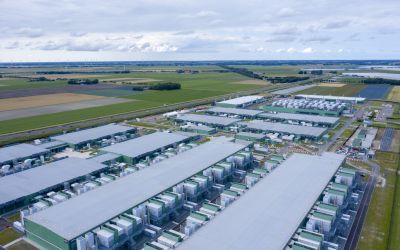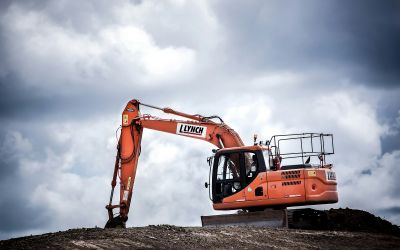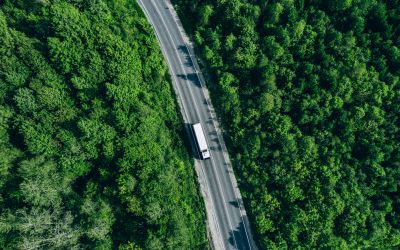Zack Parisa on the critical role technology plays in forest carbon programs
Ahead of the Sustainable Innovation Forum 2021, Climate Action caught up with Zack Parisa, Co-founder and CEO at NCX, to discuss the critical role technology plays in forest carbon programs
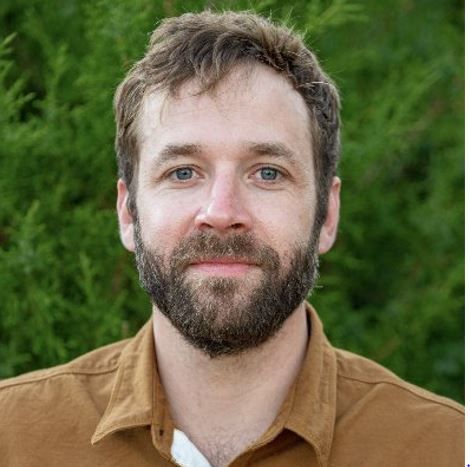
Ahead of the Sustainable Innovation Forum 2021, Climate Action caught up with Zack Parisa, Co-founder and CEO at NCX, to discuss the critical role technology plays in forest carbon programs.
NCX is a forest carbon marketplace. Can you tell us what a forest carbon marketplace is, and how does the NCX approach differ from others?
A forest carbon marketplace pays forest owners for the carbon potential in their trees, to change their behavior so more carbon is stored on the landscape. Payment to those landowners comes from corporations or even consumers looking to offset their own emissions or meet their sustainability goals. The marketplace sits in the middle. NCX for example is connecting corporations to landowners to meet their sustainability goals.
NCX is uniquely focused on delivering massive climate, community, and landscape impact through the democratization of natural capital markets. Traditional approaches to carbon markets limited participation, only the largest of landowners could participate. This constrained the potential climate impact and ability to drive dollars to the communities that could benefit most.
With our approach, we also aim to raise the bar on quality forest carbon credits. We are using high-integrity and high-resolution data, science, and economic principles to improve carbon markets while expanding participation potential.
What role does technology play in forest carbon programs, and how is NCX utilising these technologies?
Technology such as remote sensing is giving buyers the reassurance they need that their investments are making a real climate impact by enabling measurement and verification with greater frequency and at a larger scale. Technology has also demolished barriers that prevented family landowners from participating in forest carbon markets. Family landowners own 35% of US forests, without technology the burdensome costs of traditional forest carbon project participation would still exist and hundreds of millions of forested acres would be left out of the climate solution.
NCX utilizes Basemap, the first high-resolution forest inventory of the contiguous United States. Built with support from Microsoft AI for Earth, Basemap is annually updated to provide forest data about every acre every year. Basemap has mapped out 92 billion trees, 600 million acres of forest across 48 states, and also includes habitat suitability metrics for several wildlife species. We use Basemap, field measurements, and remote sensing datasets to assess enrolled properties at the beginning and end of an annual enrollment period. Landowners are paid upon verification, ensuring carbon buyer payments only go towards real climate impact.
How does NCX facilitate small landowner participation in forest carbon programs, and why is this important?
Small landowners account for 200 million acres of U.S. forests and a meaningful climate solution cannot happen without them. If forest carbon continues as it has, dollars will only flow to the wealthiest of landowners, and I don’t think any of us want that. NCX's approach changes this.
We’ve enabled small family landowners' participation through three important factors – no fees, no acreage minimum, and annual contracts.
Basemap’s acre by acre measurements enables these unique features for our program. By relying on technology we’ve eliminated costs and pass those savings onto the landowners. Meaning the smallest of landowners, perhaps your grandparents with only 10 acres, can now participate.
We’ve also chosen to do this with annual contracts, so those same grandparents don’t have to worry about how a 50-year contract will impact their kids, or the complications if they choose to sell their property. We work with many landowners who would have not participated in long-term contracts. The result is more carbon stored today and more income for the most vulnerable of populations.
What is unique about NCX’s approach to forest carbon, and how does this help create high impact climate action?
Working over a decade as a forester helping to measure and manage forests from Brazil to Armenia, I’ve seen first-hand the issues with well-intentioned traditional forest carbon projects. We sought to fix past issues when creating the Natural Capital Exchange. This seems like it should be an easy thing to pay someone not to harvest timber, but it's quite complicated. Besides the idea of paying people not to act, there are countless other unintended outcomes in human behavior and disturbance-based environments like forests.
One improvement we’ve adopted is a ton-year carbon accounting approach. There are several benefits to this, but, I think the biggest piece that is often overlooked is its ability to deliver significant climate impact today when we need it most. A question we often hear is “What if the trees are cut down the next year?” What people don’t realize is according to science, there is an equivalence in permanent climate impact when you hold lots of carbon for one year to a little carbon for 100 years. NCX didn’t establish this, it is IPCC science dating back to the Kyoto protocol. I’ll spare you the equivalence formula, but happy to get into the weeds later.
How does NCX help its customers improve their sustainability?
Most companies are doing what they can to mitigate carbon from their manufacturing, transportation, and supply chains, but these transitions take time. Until companies can fully meet these internal sustainability goals, forests provide a ready-made, affordable carbon capture option to offset their emissions. Microsoft, Rubicon, SouthPole, and Cargill are some of the net-zero pioneers supporting forests and landowners in the NCX program.
We enable carbon credit buyers to direct their dollars to support local communities and forests that matter to them by providing the option to purchase in or near their supply chain. Supporting forests also offers the unique benefit of supporting the wildlife that call it home as well as communities that share it. We can quantify these co-benefits with Basemap and then report on them through our quarterly impact dashboard. By using our dashboard to understand the data and see the real-world impact stories, NCX customers can in turn share their sustainability stories with their employees, customers, shareholders, and the world.
We look forward to sharing more on how NCX will be enabling companies to meet other forest-based sustainability goals such as additional geographies, fire risk management, wildlife habitat, and managing for water yield in the coming months.
NCX are speaking at the Sustainable Innovation Forum 2021, to join them register here now.


